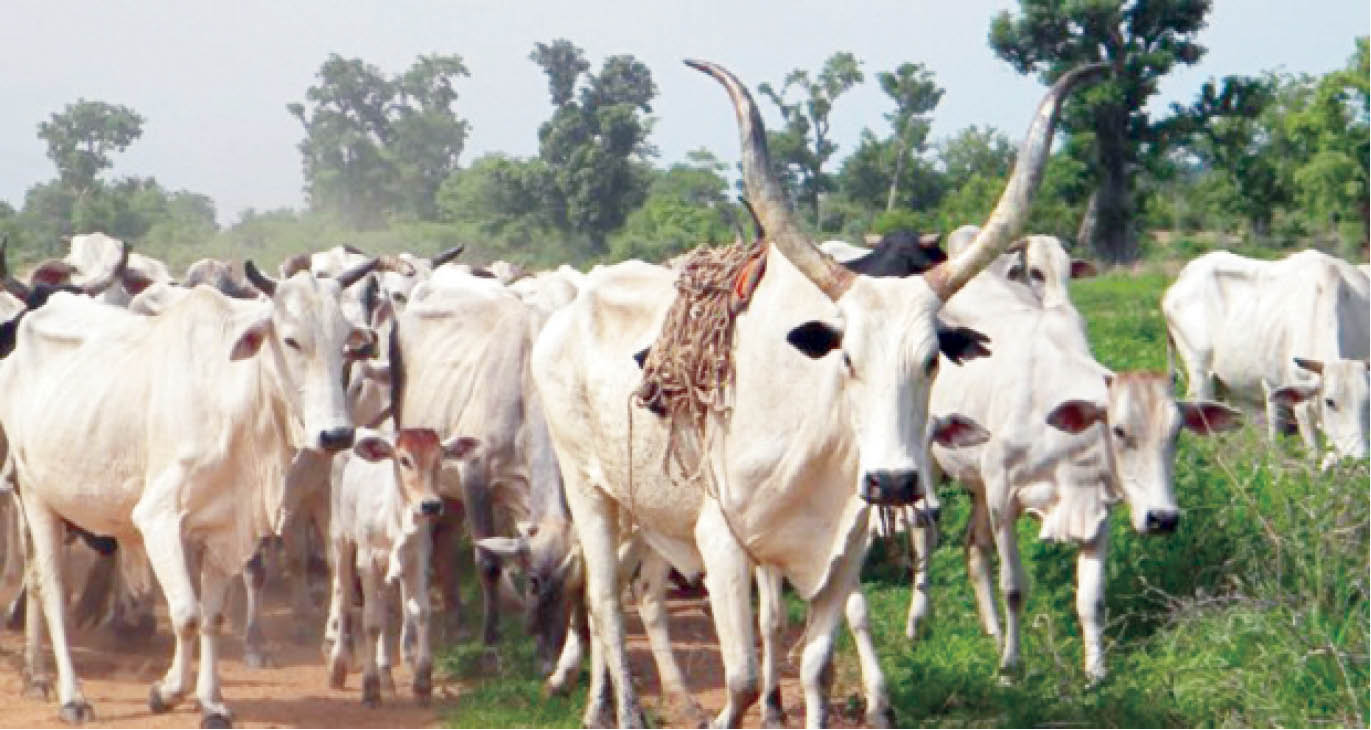What Livestock Reform Committee recommended
On 9th July 2024, President Bola Ahmed Tinubu inaugurated the Presidential Livestock Reforms Implementation Committee to reform Nigeria’s livestock sector estimated to be worth N33 trillion but contributes less than three percent to the annual GDP. The Presidential Committee, headed by the president himself with Professor Attahiru Muhammadu Jega as co-chairman and other 23 experts, […]

Experts are suggesting ways of restoring the lost glory of the nation’s livestock sector
On 9th July 2024, President Bola Ahmed Tinubu inaugurated the Presidential Livestock Reforms Implementation Committee to reform Nigeria’s livestock sector estimated to be worth N33 trillion but contributes less than three percent to the annual GDP.
The Presidential Committee, headed by the president himself with Professor Attahiru Muhammadu Jega as co-chairman and other 23 experts, was given 16 Terms of Reference (ToRs) to deliver reforms to innovate the sector and strengthen institutional mechanisms for modernization.
The committee was also to recommend the structure, organisation and operations of the newly created Federal Ministry of Livestock Development (FMLD), among other terms of reference.
Last week, the committee submitted its ‘Inception Report’ to President Tinubu at the Presidential Villa in Abuja. If the rich content of the report is implemented holistically, Nigeria will be a model for many countries to compete with.
- Dealers track farmers door-to-door to buy grains
- Govt should be respond to yearnings of Nigerians – Prof. Fagge
The report noted that Nigeria, which currently has a combined livestock population of about 821 million, which include poultry (563 million birds), cattle (58 million) pigs (16 million) goats (124 million) and sheep (60 million) is bedevilled by a lot of challenges.
Some of the challenges listed by the report include low breed quality and genetic potential, high cost of feed and fodder, limited access to quality inputs, finance and technology, poor infrastructure and logistics, and inadequate veterinary and extension services.
Other challenges include the crop farmer and herder conflicts, cattle rustling and banditry and the poor policy implementation and low private sector investment, especially outside poultry.
However, the report has made technical recommendations looking at what is obtainable globally and consultations of all the existing policies and programmes, which will change the fortunes of the sector, including short- and long-term interventions.
Strategic recommendations
The experts, through the report, made strategic recommendations which are key to the total overhaul of the sector to compete globally. The recommendations include breed improvement by upgrading indigenous breeds to enhance productivity, investment in infrastructure for livestock extension, husbandry and veterinary services, and harmonisation of existing legislation and promoting policies to support the sector.
Other recommendations include strengthening conflict resolution mechanisms to restore inter-communal harmony, and promoting the economic and nutritional benefits of livestock products.
The committee also proposed a programme to support transhuman pastoralists (with seasonal movement of grazing animals) to settle in grazing reserves to manage 1.5 million Tropical Livestock Units (TLUs).
The report also proposed provision of infrastructure “to 1,850 integrated crop livestock settlements, 740 model feedlots, 740 mode dairy infrastructure & 3,700 model commercial pasture and feed crops production hubs.
“Support national periodic review of traceability systems and address concerns and upgrades support to conduct national mass tagging programme of 11.1million animals to identify, track, and monitor livestock nationwide. (Tag at least 300,000 per state per annum).”
There are also many other recommendations, which cater to specific livestock units such as poultry, goat and sheep among others
The report highlights the potentials in various livestock value chains to include: development of cattle commodity value chains that can lead to better meat and milk production, poultry by-products, such as manure, play a crucial role in sustainable farming and food security and in terms of sheep and goats, beyond meat, they provide valuable by-products such as lanolin and leather.
Key stakeholders, including the government, private sector, traditional rulers and the media, have crucial roles in supporting the livestock sector.
Mandate of new ministry
According to the report, the Federal Ministry of Livestock Development (FMLD) shall have the following mandates: Formulation and implementation of livestock development policies and programmes and development of grazing reserves, ranches, pastoral welfare, and conflict mitigation.
Others include development of clusters, productive alliances and cooperative models for non-ruminant animals and development of livestock sector infrastructure among others.
Proposes 8 new livestock research institutes
It also called for the strengthening of the National Animal Production Research Institute (NAPRI) and National Veterinary Research Institute (NVRI) and ensures the establishment of at least eight new Livestock Research Institutes:
(1)Beef and Dairy Research Institute (2)Sheep and Goats Research Institute (3)Poultry Research Institute (4)Swine and Micro livestock Research Institute (5)Feed and Grassland Research Institute (6) National Animal Diseases Vaccines and Biologicals Production (7) National Animal Diseases Diagnostic Laboratory and (8)Genetic Resources Research Institute.
Professor Mohammed Yahaya Kuta, Secretary to the committee, while speaking with Weekend Trust, noted that the Nigerian livestock sector is a multi-billion-dollar industry providing livelihoods for over 20 million Nigerians.
The don noted that significant opportunities exist in the livestock industry to create jobs, enhance food security and drive economic growth, adding that by the time President Tinubu implements the report, many Nigerians will run to the sector for opportunities.
Until then, “Livestock production in Nigeria is primarily under pastoral (82percent), agropastoral (17percent), and commercial (1percent) systems. The poultry sector is more commercially oriented, with 21 percent of animals raised under intensive systems, compared to only 1 percent for cattle. This suggests that commercialisation is a pathway to self-sufficiency in food production,” the Inception Report noted.
